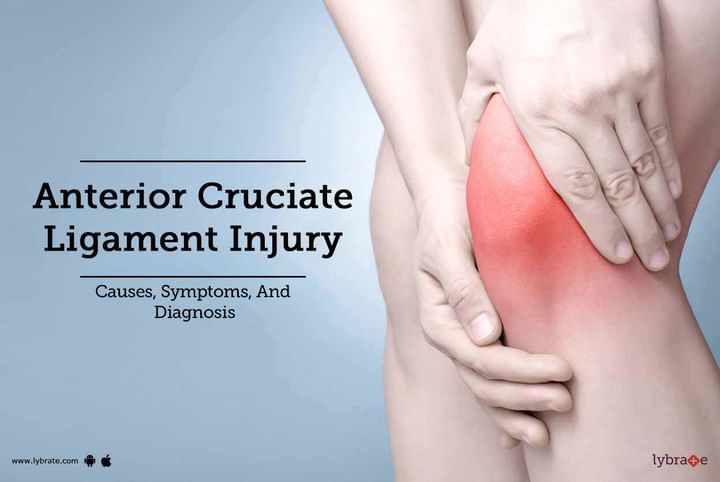Anterior Cruciate Ligament Injury- Causes, Symptoms, and Diagnosis
The Anterior cruciate ligament (ACL) is an important ligament that gives stability to the knees. An injury to this ligament can result in a host of complications and discomfort. Children or adults who are into sports such as gymnastics, volleyball, tennis, basketball, soccer, football, often injure this ligament. As per various studies and surveys, ACL injury is more likely to affect female athletes as compared to their male counterparts.
Depending on the severity and extent of the damage, an Anterior Cruciate Ligament Injury may be ranked on a grade of 3.
- Grade 1 sprains indicate a mild injury or stretching of the ligament, seldom affecting the stability of the knees.
- Grade 2 sprains are indicative of a partial ligament tear (the ligament loosen up). The damage is still under control.
- Grade 3 sprains are extensive and severe, indicating a complete ligament tear (the ligament often breaks in two pieces). With a complete ligament tear, the stability of the knee is also affected (the knee becomes highly unstable).
What causes Anterior Cruciate Ligament (ACL) Injury?
While a host of sports activities mentioned above increases the risk of the injury, a person may also suffer a partial or a complete anterior cruciate ligament tear under the following situations.
- A jump down a ladder, a tree, or a wall. An incorrect jump or a landing may be equally responsible for the ligament tear.
- A collision or a hit, especially on the knee (while playing football).
- Slowing down suddenly while still in running motion. A person suddenly stopping or missing a step can also injure the ligament.
Symptoms associated with ACL injury
- An excruciating pain (especially in the back and outside of the knee) is often seen in people with a complete ligament tear (the movement is yet not affected). However, within a few hours, there may a swelling around the knee, indicating the severity of the injury with internal bleeding within the knee joints.
- There may be restricted knee movement. The knee also feels unstable, further limiting the movement.
- Sometimes a pop in the knee can be heard just at the time of the ACL injury.
- Prolonged ACL injury left unattended can result in a painful complication such as knee osteoarthritis.
Diagnosis
To diagnose the extent of the damage, the doctor may suggest
- Physical examination, including a quick brief about the case history.
- Imaging tests such as X-rays and MRI can go a long way to analyze the ligament injury.
- In the case of extensive swelling of the knees, the doctor may carry out an arthroscopy to have a closer look inside of the knee.
An accurate and timely diagnosis is important to avoid the aggravation of the injury. In the case of swelling and knee pain, consult a doctor, and get yourself thoroughly examined.



+1.svg)
